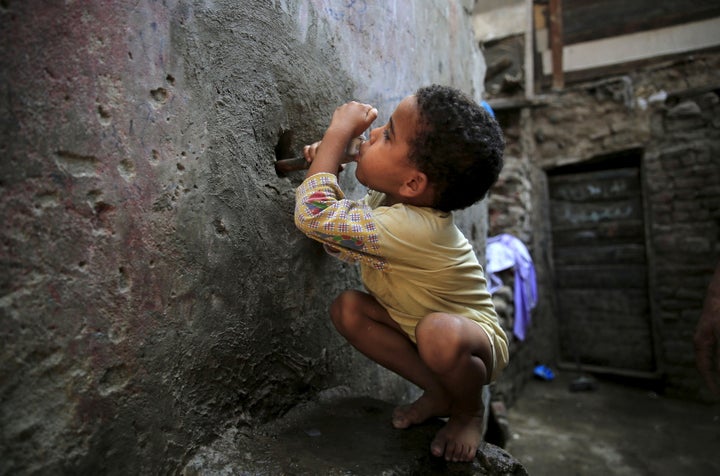
In the decade between 2005 and 2015, the world changed dramatically. The smart phone was introduced. New planets were discovered. Yet children were still dying from a preventable and treatable illness that has plagued the world since the beginning of time.
A recently-published study in the medical journal “The Lancet”showed that deaths from diarrhea among children under 5 dropped by 34 percent from 2005-2015 — a major step toward ensuring that no child dies of a preventable or treatable disease. But half a million children still die from diarrheal diseases every year and millions more are sickened by unsafe drinking water, which turns a simple sip of water into a potentially life-threatening act for a vulnerable child.
As the fourth-largest killer of the world’s children, diarrhea is a particularly infuriating enemy. Clean water, proper sanitation and good hygiene practices can keep children safe from the water-borne illnesses that make them sick and deaths can be prevented with low-cost interventions like oral rehydration salts and, more recently, vaccines. These seem like simple solutions — but for a child living in poverty, without access to basic health care, and with a body that may already be compromised by malnutrition or other preventable illnesses, a simple fix is anything but.
Over the past 15 years or so, Save the Children has been working to strengthen the communities where children at risk of childhood death live — to reach children in the hardest-to-reach places in the world. By training and equipping community health workers to correctly diagnose and treat pneumonia, diarrhea and malaria, we have been able to contribute to a massive reduction in child deaths worldwide.
In Bangladesh, which the study notes saw a 60 percent reduction in under-5 deaths from diarrhea from 2005-2015, Save the Children has helped decentralize pneumonia and diarrhea treatment from formal health facilities (mostly in large population centers) to community-level facilities. More than 1.2 million sick children received services from trained village doctors working in local clinics and communities, and 2,000 children were referred to formal health facilities for further treatment as needed.
The progress in Bangladesh and around the world is encouraging, but it’s not good enough and it’s not happening fast enough. Approximately 1,400 children still die every day in the world’s poorest communities and diarrhea-related illness, which can leave a child weakened and susceptible to other illnesses, has only fallen by about 10 percent in the past decade. So if we want to give every last child the opportunity to have a healthy childhood, we’re simply going to have to do better.
Using what we know works and leveraging local communities to deliver life-saving medication, we can further reduce diarrheal death and illness—and make huge progress toward Sustainable Development Goals #3 (“Ensure healthy lives and promote well-being for all at all ages”) while we see the benefit of fulfilling #6 (“Ensure access to water and sanitation for all”). This study is a great start, and it reminds us that we need more data to build the evidence for what we know works and to spark innovation around new solutions that will help save more lives.
The data shows us what’s possible. Our experience shows us what’s doable. Now we must show children that we refuse to measure progress in decades or centuries or even millennia, but in the healthy childhoods that all children deserve.
